Alumni Spotlight: Nancy Lorenz (BFA ‘85)
Nancy Lorenz: Moon Gold — on view at the San Diego Museum of Art April 27-September 3, 2018 — will be the first major solo museum exhibition to showcase the art and alchemy of New York-based Nancy Lorenz (BFA ‘85). Celebrated for her sophisticated technique and luminous art, Lorenz uses materials such as mother-of-pearl inlay, lacquer, and gold leaf in painterly gestures to create thoughtful and stunning works of art.
Curated by Ariel Plotek, Ph.D, Curator of Modern and Contemporary Art, Nancy Lorenz: Moon Gold will showcase works in a variety of scale and materials, including folding screens and sculptures, paintings, lacquer boxes, sketchbooks, and more.
Recently, Nancy sat down for an interview with studio assistant and fellow Stamps alum, Marc Ferraro (BFA ‘16) to talk about Moon Gold, her time studying art at U‑M, and her creative practice.
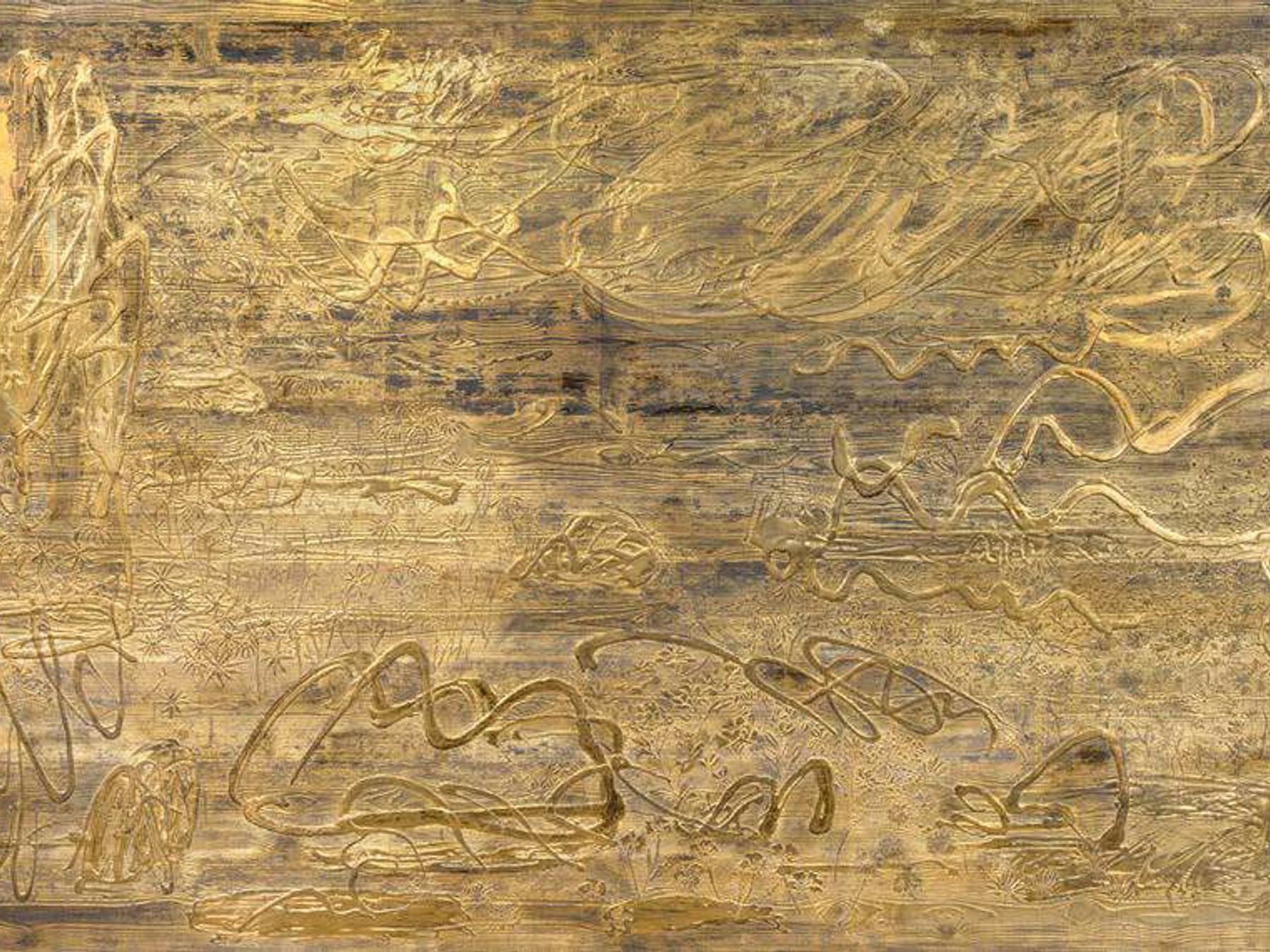
Mark: Where were you born?
Nancy: Plainfield, New Jersey. We moved around every few years when I was growing up.
I know you spent part of your childhood in Japan. How did that time impact you growing up?
Living in Tokyo was hugely formative. I was there from 1976 to 1981, my high school years. I spent so much time wandering and absorbing the visually rich culture.
At what point did art enter your life?
I decided I wanted to become an artist in 10th grade, while living in Japan. I loved visiting the studios of potters, textile artisans, and other national living treasures who allowed visitors to see their process. I would spend hours in the amazing art supply stores in Tokyo, trying to find ways to use the many materials.
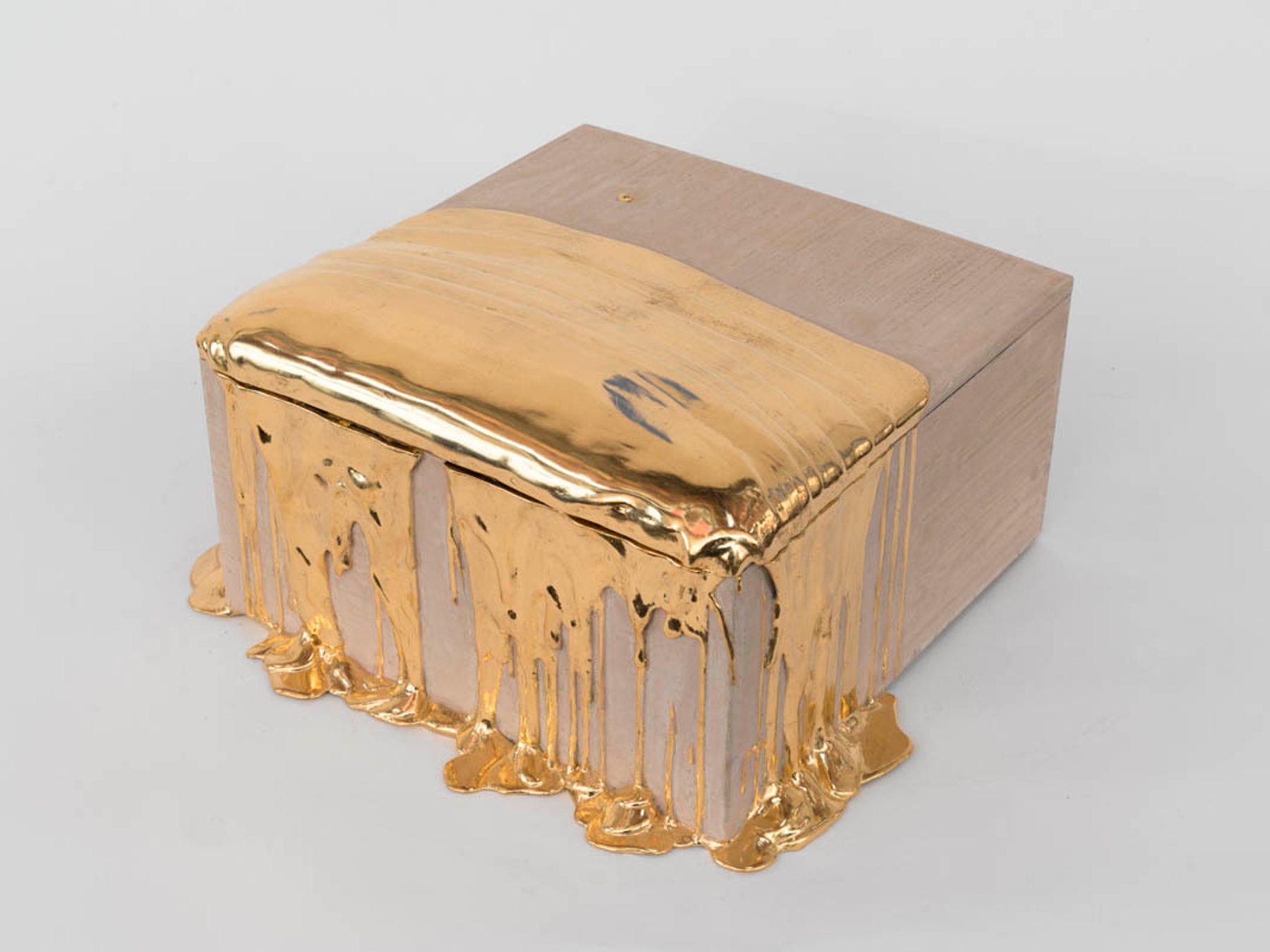
What brought you to the University of Michigan?
It was U of M’s reputation as one of the leading Liberal Arts schools in the country combined with its fantastic School of Art. Having been at a tiny all-girls Catholic school overseas I wanted to see what it would be like to be at a large university in the States. It turned out to be just the right place where I could take poetry and philosophy classes from the best professors, along with very special art history and studio art courses. The visiting guests that came through were so eye opening. I still remember Elie Wiesel’s visit and talk. And there were the bands like the Ramones and Richard Thompson that played at the Blind Pig. It was such an inspiring and rich time to explore.
What were you making as a student?
I spent most of my time in the Printmaking department, with Professors Paul Stewart and Takeshi Takahara. I remember taking a special drawing seminar with Paul my senior year, along with graduate students. We had to make twenty drawings a week and discuss them. I still think about that class, which prepared me well for the kind of disciplined daily practice required of an artist. After years of learning the craft of printmaking I’d had enough, so for my final exhibition I turned over all my litho plates, cut them into shapes, painted them, and assembled them into a large wall installation.
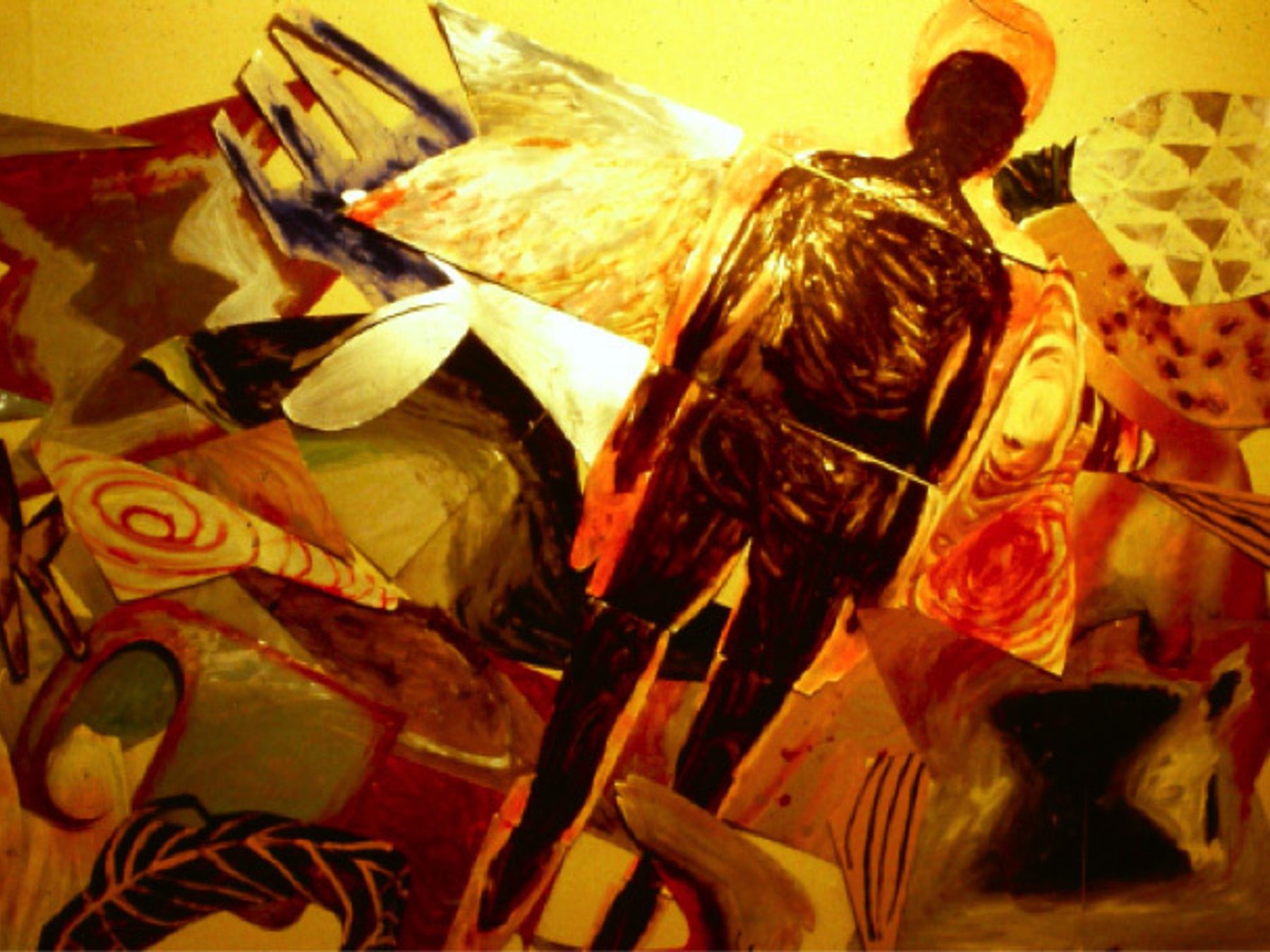
When did you come to New York? What was your experience moving to the city as a young artist?
1988, upon completion of my graduate year in Rome through the Tyler School of art. I knew I wanted to try living in New York, but finding work to pay the rent was the biggest challenge. I met other artists and was first included in group shows at a Lower East Side gallery called Willoughby Sharp. It was great to be in a part of that, but it didn’t pay the bills, so I worked for an antiques restorer and eventually had my own restoration business.
What were notable early opportunities in your career?
Through my antiques restoration I met designers and architects who then saw the art I was making at the same time, and they started incorporating my work into their projects. Then in 1998 I received a Guggenheim grant and I decided I would take the year fully devoted to my art. I began getting large commissions and so being a full-time artist really became more sustainable after that.
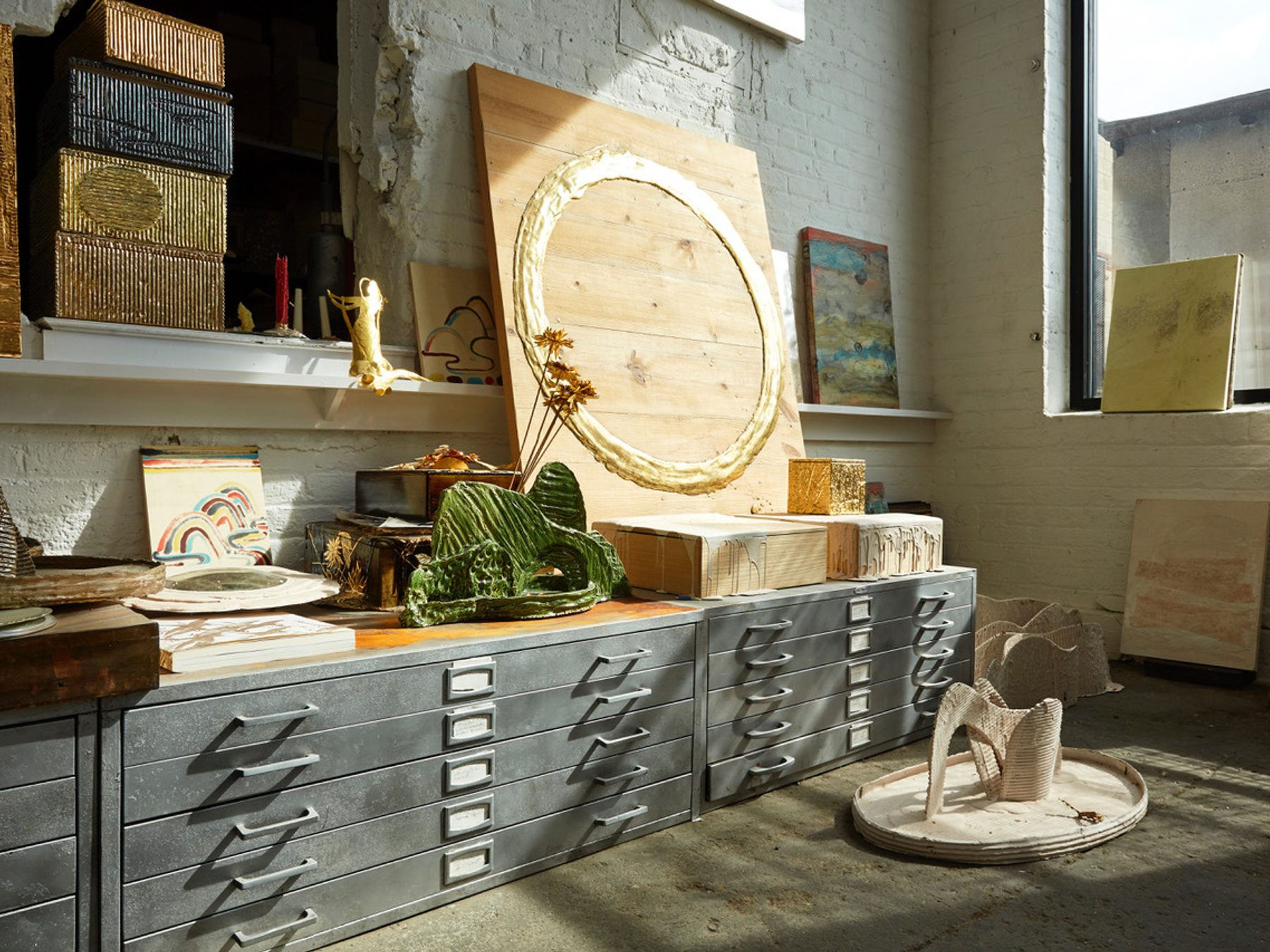
How did your practice grow into what it is today?
I’ve always had one foot in the fine art world and the other in the fine craft world, shaped very much by my years in Japan. I continue with both: I continue to explore new materials, and perfect my craftsmanship while keeping things painterly. Small projects commissioned by designers have led to larger public and private commissions. I continue to make a certain number of drawings every week.
How did the show come about at the San Diego Museum of Art?
The curator Ariel Plotek had seen my work in a group show called Beauty Reigns: A Baroque Sensibility in Recent Painting which was at the McNay in San Antonio, and he later visited my studio. It was years in the making, and 30 years after I moved to New York to be an artist, here we go! I’m grateful for the opportunity and happy to make the most of it.
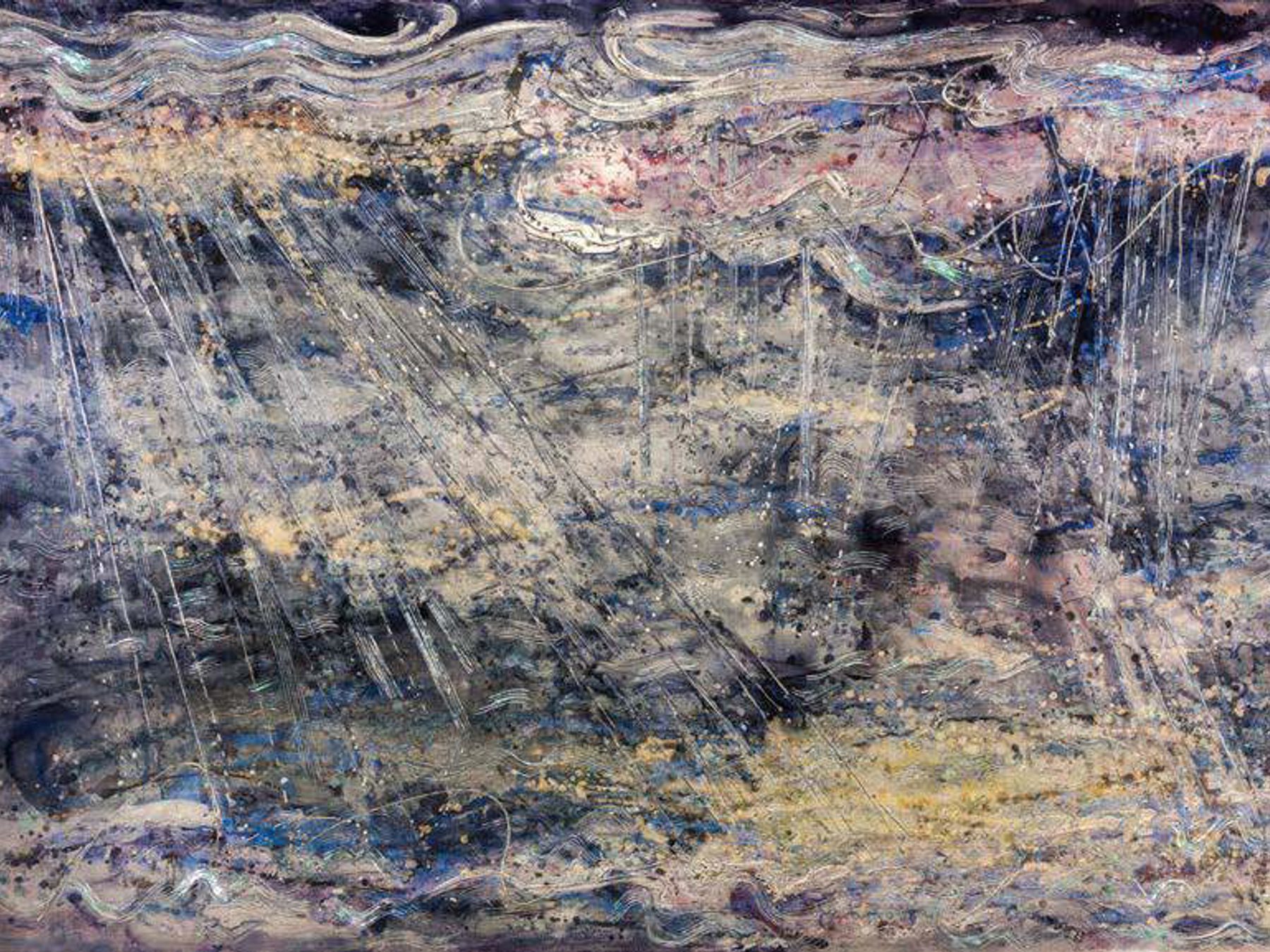
What was the process behind selecting work for the show?
The curator made several visits to the studio over the course of three years, and the exhibition grew to include ninety works, comprising a 12-paneled room from 2004, large and small paintings, screens, drawings, and new works in bronze.
Can you tell me a bit about the new work you’ve made for the show?
The large paintings continue certain series I’ve created over the years, with some fresh inventing along the way. The gilt-cardboard works put an everyday material into a new light. Abstractions of clouds, rain, and stars are evident throughout the work in a search to make the ephemeral material. The works of raised gesso on distressed cedar incorporate wood grain and landscape, a desire to be near nature, which I miss in my Astoria studio. The new work in bronze is especially exciting at the moment. I had always thought bronze too laden with overwrought statuary references for my approach, but have found a way to make it my own in the new table top sculptures, Mountains for Flowers. For the San Diego Museum of Art exhibition, I plan to make Ikebana arrangements in and around the movable bronze elements. I have so many more ideas I want to explore, so this is just the beginning really.
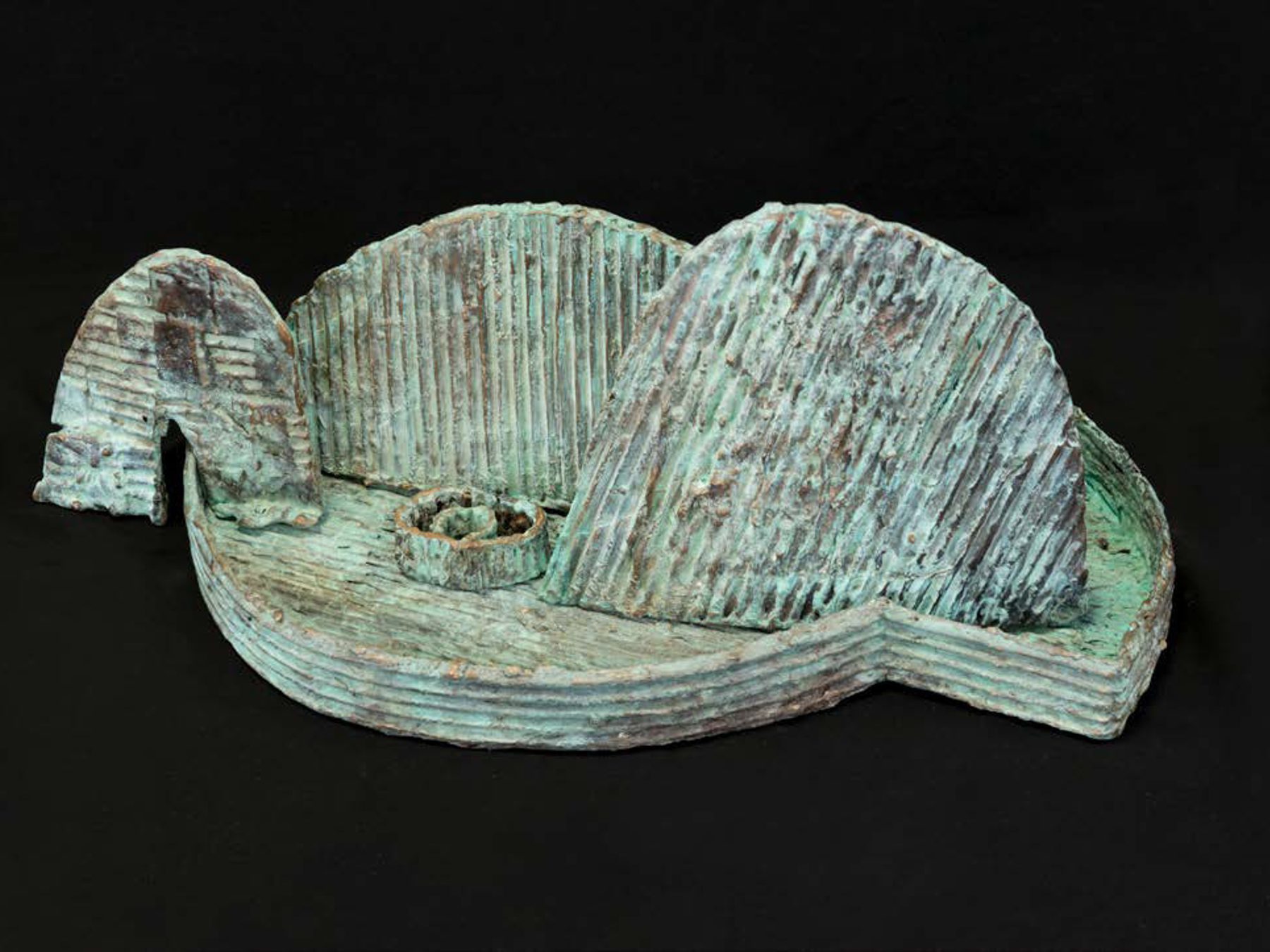
Nancy Lorenz: Moon Gold is on view at the San Diego Museum of Art April 27-September 3, 2018. Additional exhibition programming includes: an exhibition lecture on May 4, a guided exhibition tour with curator Ariel Plotek on May 7, an arts workshop on May 26; and an artist talk on July 10 as part of the Axline Lecture Series. There will also be an illustrated catalogue available for this exhibition, including a print from Nancy Lorenz. These limited-edition catalogues with museum-quality prints are being produced by Benrido, an atelier in Kyoto and one of the last few remaining producers of collotypes in the world. For catalog information, please contact Chacho Herman at cherman@SDMART.ORG.
Follow Nancy Lorenz on Instagram at @nancylorenzstudio.